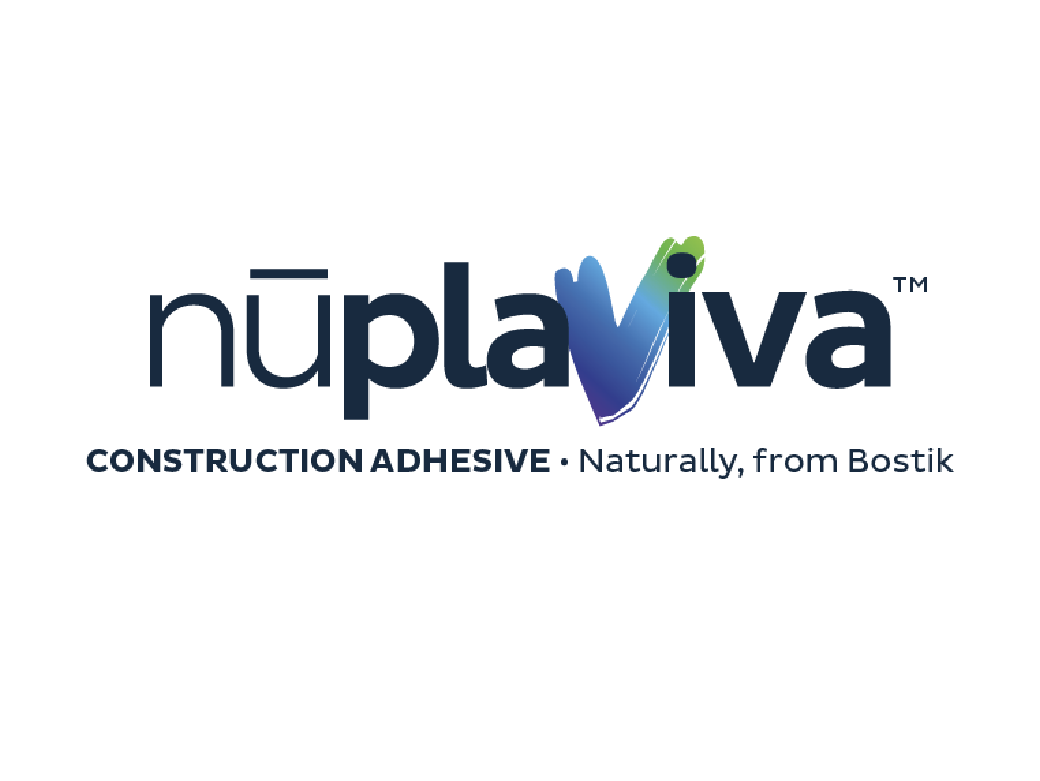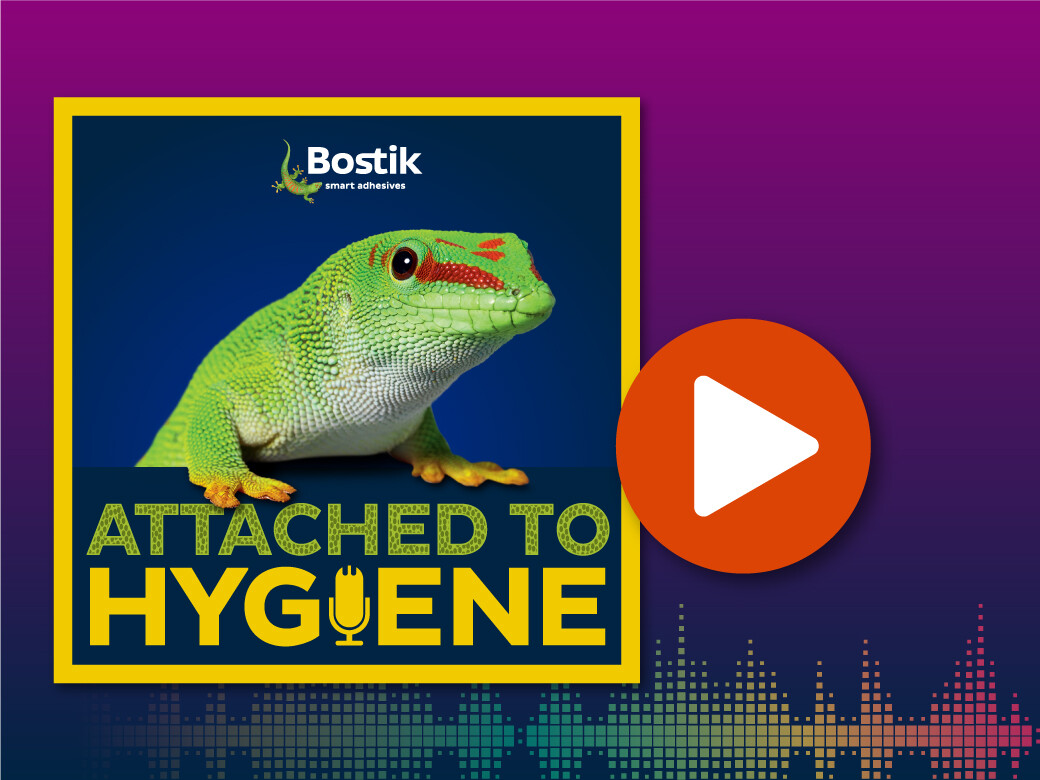Is There a Sustainable Future for Disposable Hygiene?
Some might find it hard to imagine disposable products being sustainable. At Bostik, we believe it is a very real possibility. This belief is centred on the fact that sustainability involves three areas: society, economy, and the environment. Diapers, pads, and adult incontinence products already have many positive impacts for society and the economy. The real question facing the industry is rooted in how we address the third area—the environment.
Making the environment an industry priority
Today, disposable hygiene products are made up mostly of plastic, which is largely derived from fossil sources. After use, many of these soiled products end up in municipal dumps and landfills. Statistics vary by region, with some nations estimating the category as low as 2%. In places that have comprehensive recycling programs (so fewer products remain in the waste stream), the percentage climbs as high as 12-15%.1
Concerns over fossil resources, plastic waste, and landfills is rising. These have brought increased attention to disposable hygiene products. Governments, organisations, and the public now expect the industry to improve circularity and product end-of-life. At Bostik, we closely track progress being made by companies and municipalities across the globe. Our experts are also working to develop adhesives that enable customers like you to make progress toward achieving your sustainability goals. This includes the evolving product needs for your operations and the aspirations of your consumers. Recyclable. Compostable. Biodegradable. All are being explored.
The importance of logistics in building a circular economy
Through our research and information gathering process, one thing has become clear to our experts at Bostik: Creating a more circular process for disposable hygiene is not just about end-of-life science. It’s also about logistics. The industry will need a viable system for collecting diapers and related articles for processing. By viable, we mean one that has consumer support. No system will work without it.
Our experts at Bostik have been tracking several pilot programs with interest, in the area of post-consumer waste2 diapers:
- Some specialty brands claim to be compostable or biodegradable, then add ‘when properly handled’ or ‘when commercially composted’. Consumers may not understand what they are expected to do with that information.
- In Paris, companies are exploring the idea of compostable diapers that are used specifically at childcare facilities and collected for composting in a local industrial facility.
- In Italy, a system is being tested to collect post-consumer waste diapers from municipalities and treat them in an industrial facility. The diapers are sterilised with steam, shredded, and separated into various material streams.
- In Amsterdam, a collection system has been implemented with smart bins in different areas of the city where parents can register and then bring the soiled diapers. A similar program is happening in the Paris area as well.
- In Japan, soiled diapers are being sterilised with steam. The fluff is further sterilised with ozone so that it can be reused. Diapers with recycled fluff may be sold as early as 2022.
- A facility in the Netherlands can treat 15 thousand tons of diapers per year. Their approach is as much water treatment as recycling. The components are immersed in a slurry to remove the waste biomass. The plastic materials are then isolated and sterilised.
This combination of science and logistics requires unprecedented cooperation beyond the disposable hygiene industry as it is normally viewed today. Collaboration with waste management, waste pickers, and recyclers will be needed for a plan to succeed.
Avenues of sustainability for single-use products
Suppliers like Bostik will play a vital role in bringing sustainable solutions to market. In addition to keeping the circular model as a central concept in our CSR (Corporate Social Responsibility) efforts, we are working to provide adhesive solutions supporting various producer goals. Bio-sourced, sustainably sourced, biodegradable, recyclable, and compostable products each require specific attributes in an adhesive. This is why Bostik has launched the Nuplaviva™ series of renewably sourced adhesive solutions for disposable hygiene. Our initial offerings are construction adhesives with 50% and 75% renewably sourced raw materials. Other adhesives supporting sustainable objectives are in development with expected release in 2022 and beyond.
Two other avenues could help support circularity for disposable hygiene.
- Adhesive de-bonding would allow mechanical separation of materials to facilitate recycling of different types of plastics used in a single product. An interesting example to visualize the concept of de-bonding is a material developed by the University of Sussex which reportedly de-bonds in a magnetic field3. Obviously, the trigger mechanism would need to be different in the case of disposable hygiene adhesives.
- A mono-material diaper or pad would approach the problem from a different angle. Instead of using several types of plastic, it would use only one, such as polypropylene (PP) or polyethylene (PE), to simplify recycling. Adhesives from our Brilliance line could be useful here as they don’t add another “layer” of material chemistry.
A possible indication of what a sustainable future for disposable hygiene may look like can be found in the cardboard box industry. These products have well-defined end-of-life scenarios, with a variety of companies filling necessary niches. As an active partner in the packaging industry, Bostik has developed a compostable hot-melt adhesive for use in packaging and other rigid applications. The lessons learned in creating that adhesive are helping shape our research and development of adhesives for nonwovens.
In the end, it will take the involvement of the industry’s entire value chain, from raw material suppliers to waste management. Each will have a role in shaping a more sustainable future for the disposable hygiene industry.
Learn More About Sustainability in Disposable Hygiene on our Podcast!
1Report by the German Environment Agency (Umweltbundesamt – UBA): TEXTE 113/2020 - Vergleichende Analyse von Siedlungsrestabfällen aus repräsentativen Regionen in Deutschland zur Bestimmung des Anteils an Problemstoffen und verwertbaren Materialien – Abschlussbericht
2In contrast to unsoiled industrial waste, such as articles that do not meet quality control and are discarded.
3https://www.sciencedaily.com/releases/2019/11/191104112832.htm
CSR and Sustainability Materials from Bostik Academy
Click the links below to sign-in and access all of our Academy materials.



